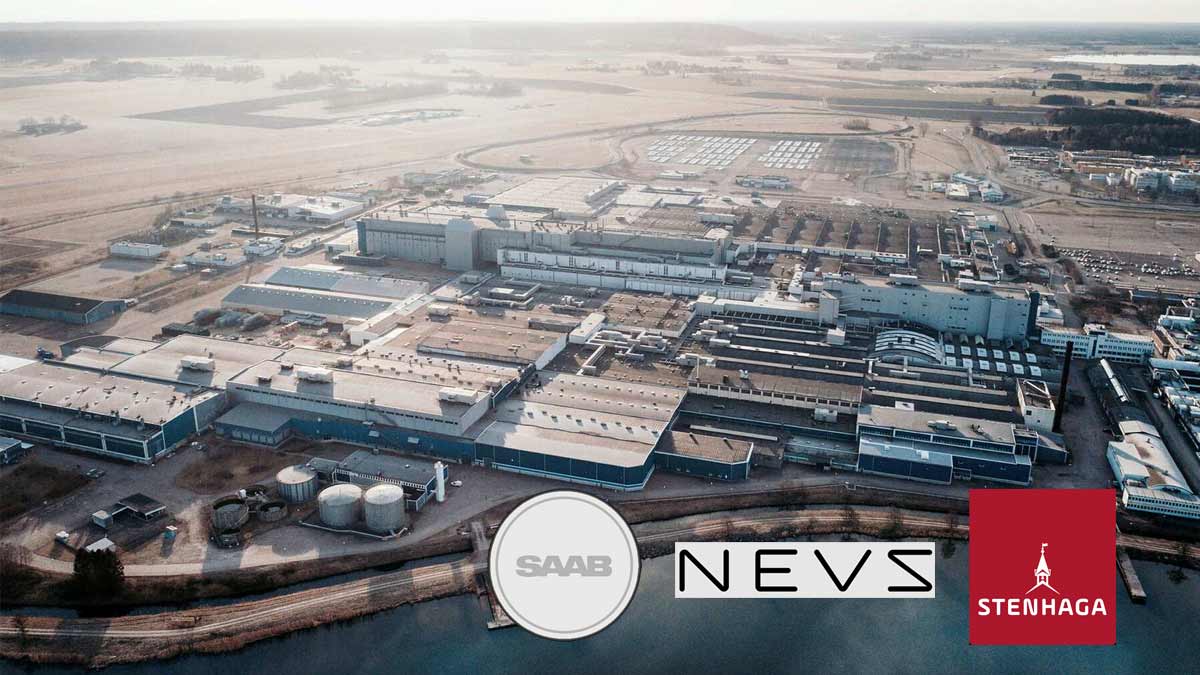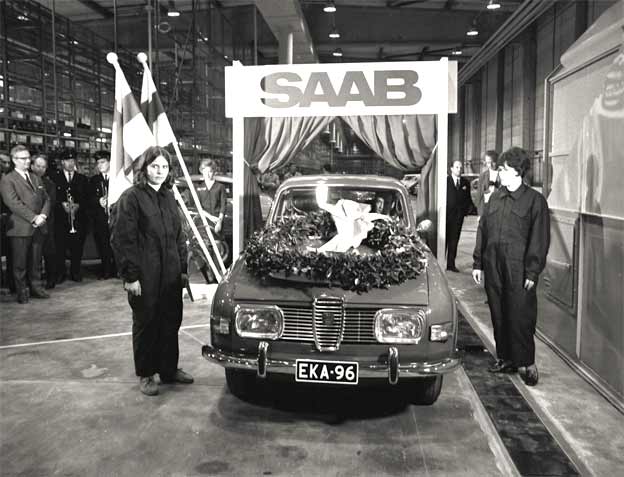Table of Contents
Secret Negotiations Stir Hope for Saab’s Former Factory
In a development that has sparked intrigue and renewed optimism, secret negotiations are underway regarding the future of Saab’s iconic Trollhättan factory. This once bustling hub for Saab automobile production has been dormant since the company’s collapse in 2011, but now, whispers of new automotive and industrial tenants suggest a fresh chapter may be unfolding.
According to sources, including reports from P4 Väst, major agreements are being discussed behind closed doors. While the exact details of these talks remain shrouded in secrecy, one thing is clear: the Trollhättan site remains a highly valuable asset in Sweden’s industrial landscape. Svante Andersson, CEO of Stenhaga Invest—the current owner of the factory—hinted that a significant deal could be reached in the coming month, potentially marking the beginning of a new era for the factory that once defined Saab.
Stumbling Blocks of the Past: NEVS and the Emily GT Fiasco
Not too long ago, hopes were high for a resurgence in automotive manufacturing at the Trollhättan factory, especially with the introduction of the NEVS Emily GT, an electric vehicle that seemed poised to revolutionize the sector. However, those dreams were quickly dashed when the buyer for the Emily GT failed to follow through on their commitments, leaving the project in limbo.
The factory had been acquired just months earlier by entrepreneur Svante Andersson, who now seems determined to breathe new life into the site. But the collapse of the Emily GT deal was a stark reminder of the challenges facing automotive innovation in a competitive and rapidly changing industry. The new negotiations, however, are raising fresh hopes that this setback may be short-lived.
Who Are the Potential Tenants?
While specifics remain under wraps, there is speculation that automotive industry players may be eyeing the Trollhättan facility, especially in light of recent developments. China’s electric vehicle manufacturers, facing pressure from new EU tariffs on imported EVs, are reportedly looking for ways to relocate some of their production to Europe. Could Saab’s former factory offer the ideal solution?
According to Andersson, talks are not limited to automotive interests. Other sectors, including advanced manufacturing and technology-driven enterprises, may also be interested in the site. This diversity of interest suggests that the factory’s future could encompass more than just car production, expanding into other high-tech industries that align with Sweden’s broader industrial ambitions.
A Rich History Worth Preserving
The Trollhättan factory is no ordinary industrial site. For decades, it was the beating heart of Saab’s innovative automobile production, home to models that remain beloved by enthusiasts worldwide. From the classic Saab 900 to the 9-5 Aero, this factory was a symbol of Swedish engineering excellence.
As we await the results of these negotiations, it’s worth remembering the legacy of Saab and what this factory represented—not just to the auto industry, but to the culture of Swedish manufacturing as a whole. A successful reactivation of this facility would not only create new jobs but also preserve a piece of automotive history that is deeply ingrained in Sweden’s industrial identity.
The Future of Trollhättan: More Than Just Cars?
The potential for Saab’s old factory to host new tenants is about more than reviving car production. It’s about positioning Trollhättan as a future-forward industrial hub. Whether or not automotive companies end up moving in, the potential for the site to evolve into a multi-faceted industrial complex is high.
By attracting diverse businesses, from green technology firms to industrial automation companies, the factory could become a model for modern manufacturing. The strategic location, coupled with Sweden’s reputation for innovation, makes Trollhättan an appealing option for companies looking to expand their European footprint.
A New Chapter on the Horizon
The next few months will be crucial in determining the fate of the Trollhättan factory. While the failed NEVS Emily GT deal was a setback, the ongoing negotiations offer a glimpse of new opportunities for the site. For Saab enthusiasts and industry watchers alike, the potential for this historic factory to re-emerge as a key player in Sweden’s industrial scene is nothing short of exciting.
Whether automotive giants or tech innovators step into the facility, one thing is certain: Trollhättan’s legacy in the world of manufacturing is far from over. Stay tuned as more details emerge about this intriguing development.










